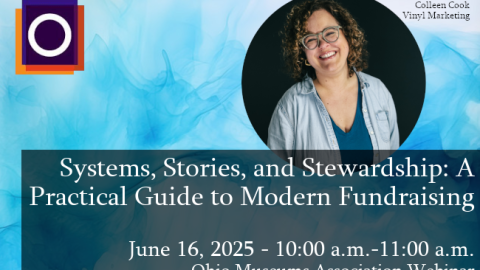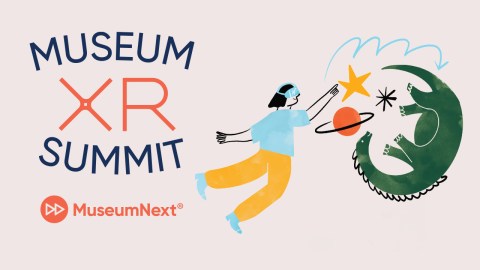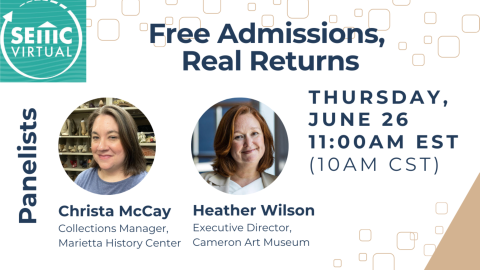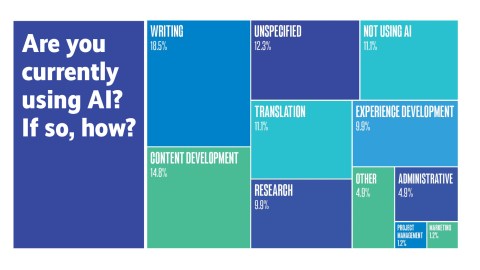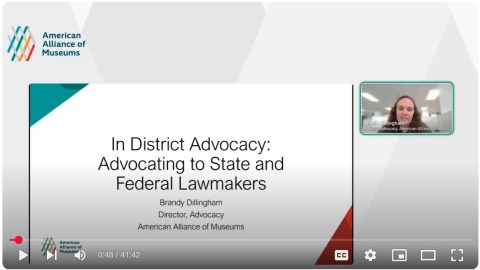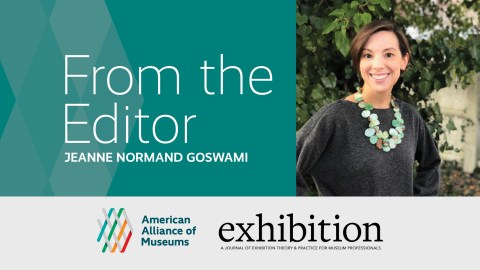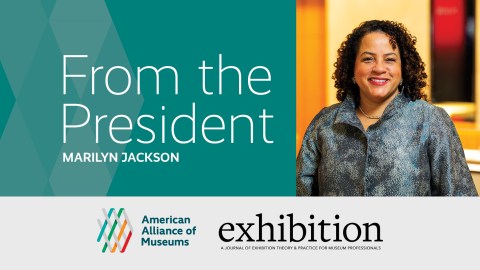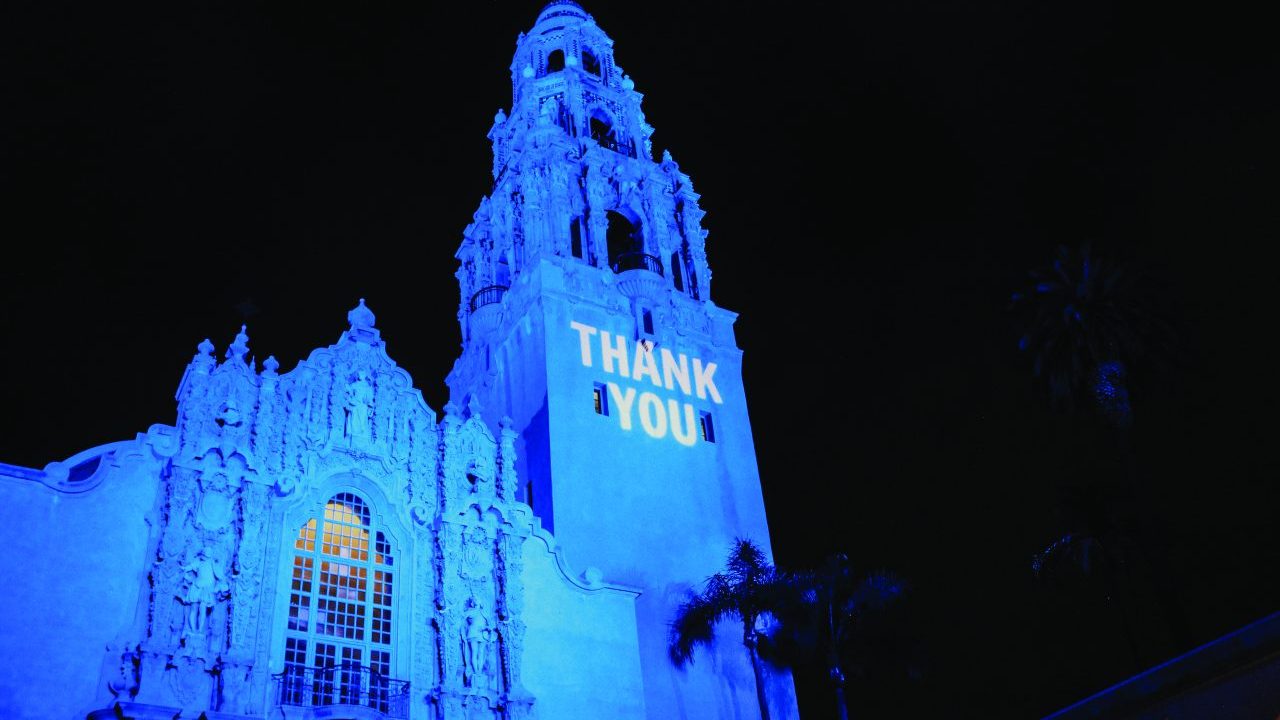
“Social media enables the viral spread of outrage, to the point where sentiment often outpaces an organization’s ability to respond in a thoughtful and measured way.”
This article originally appeared in Museum magazine’s January/February 2025 issue, a benefit of AAM membership.
In the past few years, the US has been wracked by conflicts over myriad values, actions, and causes. Everybody, with the best of intentions, is pushing so hard for what they feel is right that they often lose sight of the things that bind us together as a society, a community, or an organization. Even when a large majority agrees on general principles (equal protection under the law, the right to vote, freedom of speech, privacy), comity quickly fractures over how to apply those principles.
Organizations tend to be microcosms of society, and museums have been caught in this cycle of contagion as well. Staff expect their employers to support causes and issues they feel strongly about. Directors are caught between these expectations and those of board members, donors, and the public. Board members try to balance fidelity to the museum’s mission with their obligation to protect its financial and reputational health.
These conflicts are driven, in part, by generational shifts. Gen Z and millennials have high expectations regarding the social impact of their work. Research shows that significant minorities of these workers have rejected assignments or turned down jobs based on conflicts with their ethics or values. These ethics and values may encompass a wide range of issues, including racial justice, environmental sustainability, LGBTQA+ equity, gun violence, and animal rights. Further complicating the workplace environment, staff may hold differing opinions on which issues should guide a museum’s actions, regardless of mission, or what form those actions should take.
Staff activism has been, historically, a way of “punching up” against the power differential intrinsic to employer-employee relations. In the 1970s, for example, it was used to advocate for nondiscriminatory treatment and equal rights in the workplace. But social media and the current cultural climate have helped equalize the power imbalance inherent in any organizational hierarchy. Given that new equilibrium, it’s important to pause and recognize that power can be misused both up and down the organizational chart. Directors have the power to fire staff (though many, especially the most progressive, may work hard to avoid taking that step). But now staff have the power to substantially damage directors as well—their reputation, mental health, and employment.
It’s harder than ever to navigate these tensions because issues develop so fast. Social media enables the viral spread of outrage, to the point where sentiment often outpaces an organization’s ability to respond in a thoughtful and measured way. The digital distance inherent in tweets and posts often strips away the social filters that encourage people to treat each other with respect, and the resulting mess can cause damage all around. The stress, trauma, and insecurity inflicted by these internal flame wars contribute to a high rate of burnout and turnover. Often people who have stepped into leadership positions in order to improve the system experience the most damage. BIPOC leaders, for example, may feel torn between their own activist roots and their responsibility to act in the best interests of the institution.
In the face of these challenges, museums can strive to reflect the kind of civil, civic society necessary for a functional democracy: kind, empathetic, and striving to arrive at solutions everyone can live with, even if no one feels the solutions are ideal. For example, some museums have found it helpful to:
- Develop a description of the workplace culture the museum is trying to create in collaboration with staff, leadership, and volunteers.
- Identify shared values to guide how people treat one another, for example: kindness, grace, and presuming good intentions.
- Integrate these values about workplace culture into employee onboarding.
- Create systems that enable difficult conversations to occur in a productive, respectful manner.
- Build processes and platforms for identifying and addressing potentially contentious issues, including how input will be solicited from internal and external stakeholders, how decisions will be made and communicated, and expectations for implementation.
People rarely work in museums as “just another job.” They work in museums because they love and believe in what they do. That dedication doesn’t mean they should not also expect fair pay and good working conditions. It does mean they should be willing to prioritize that higher good. There are many outlets in our lives through which we can advocate for what we believe in: our voting, our philanthropy, our volunteerism. But in the museum, as a workplace, we can support each other, be kind to each other, and practice the kind of tolerance and open-mindedness we hope to foster in society.

